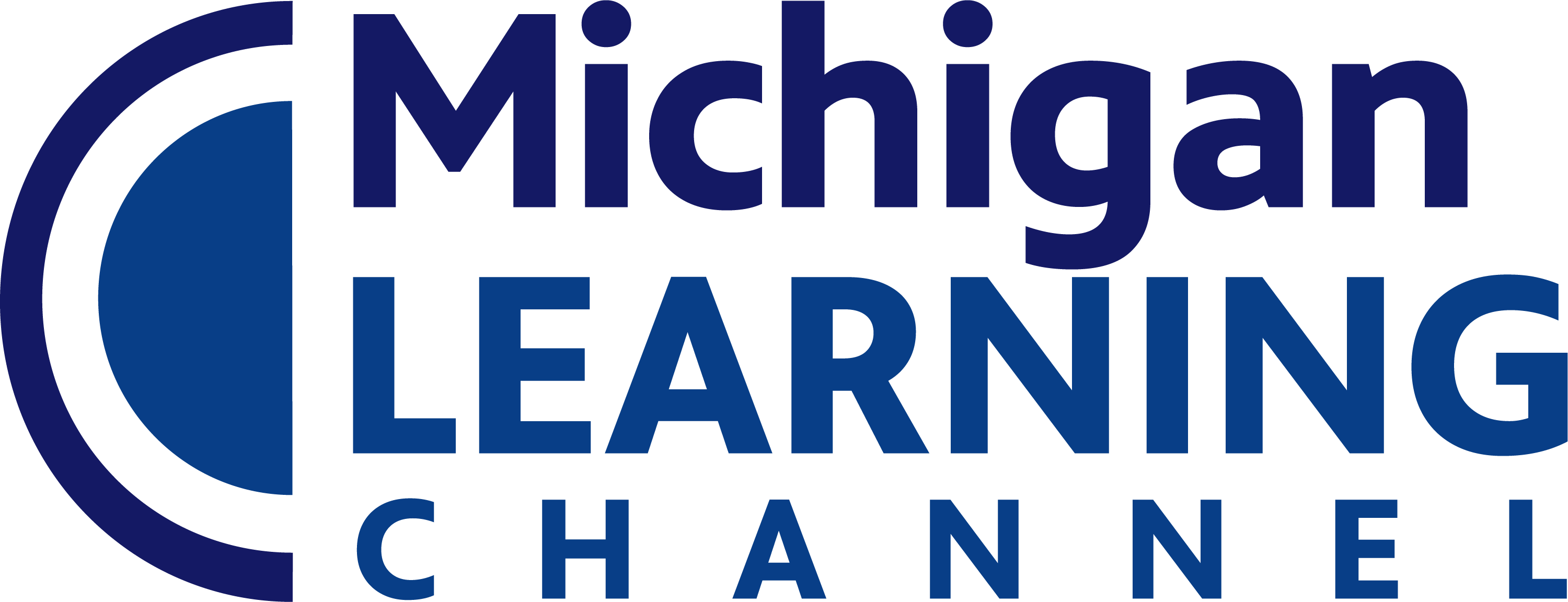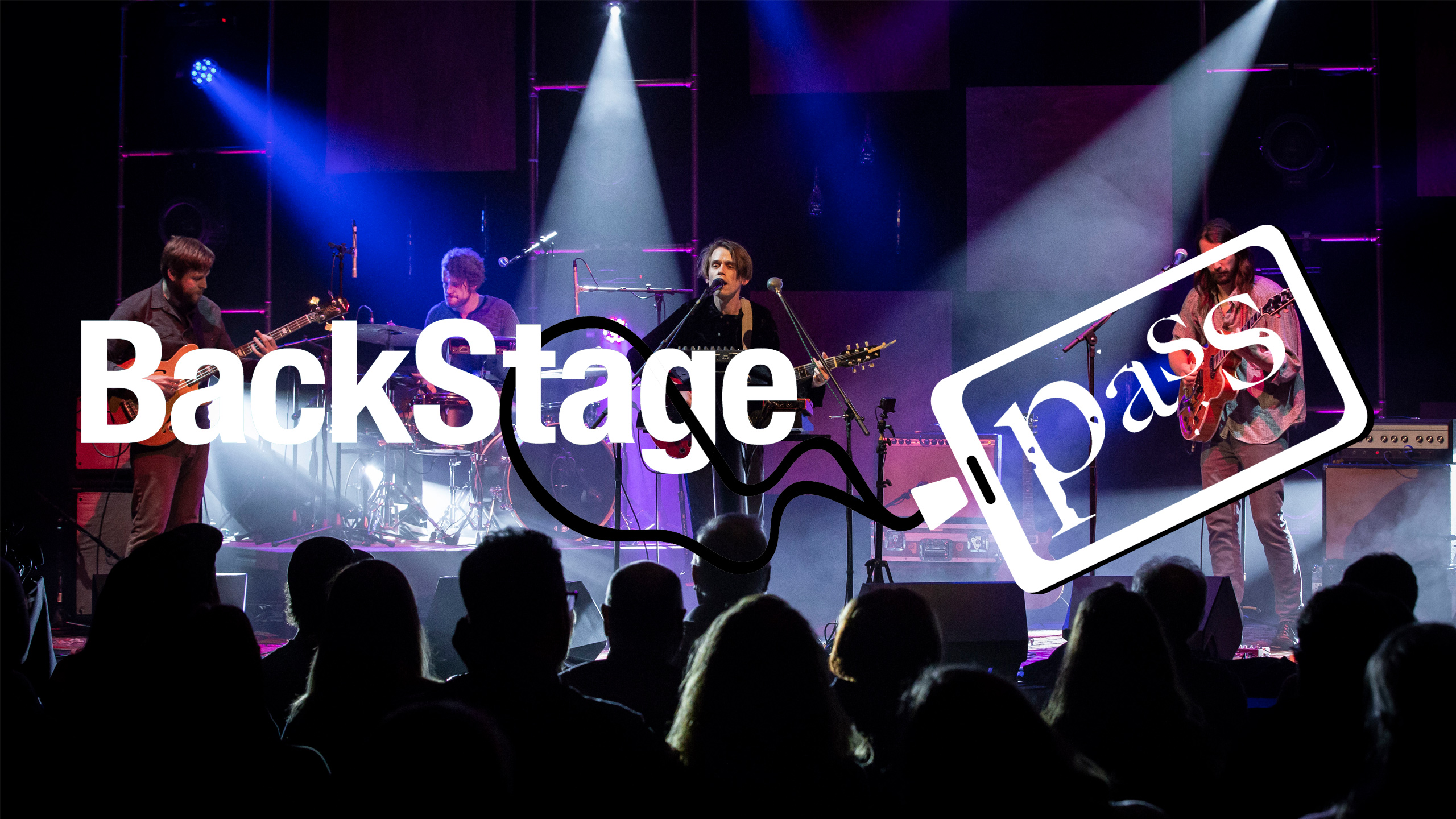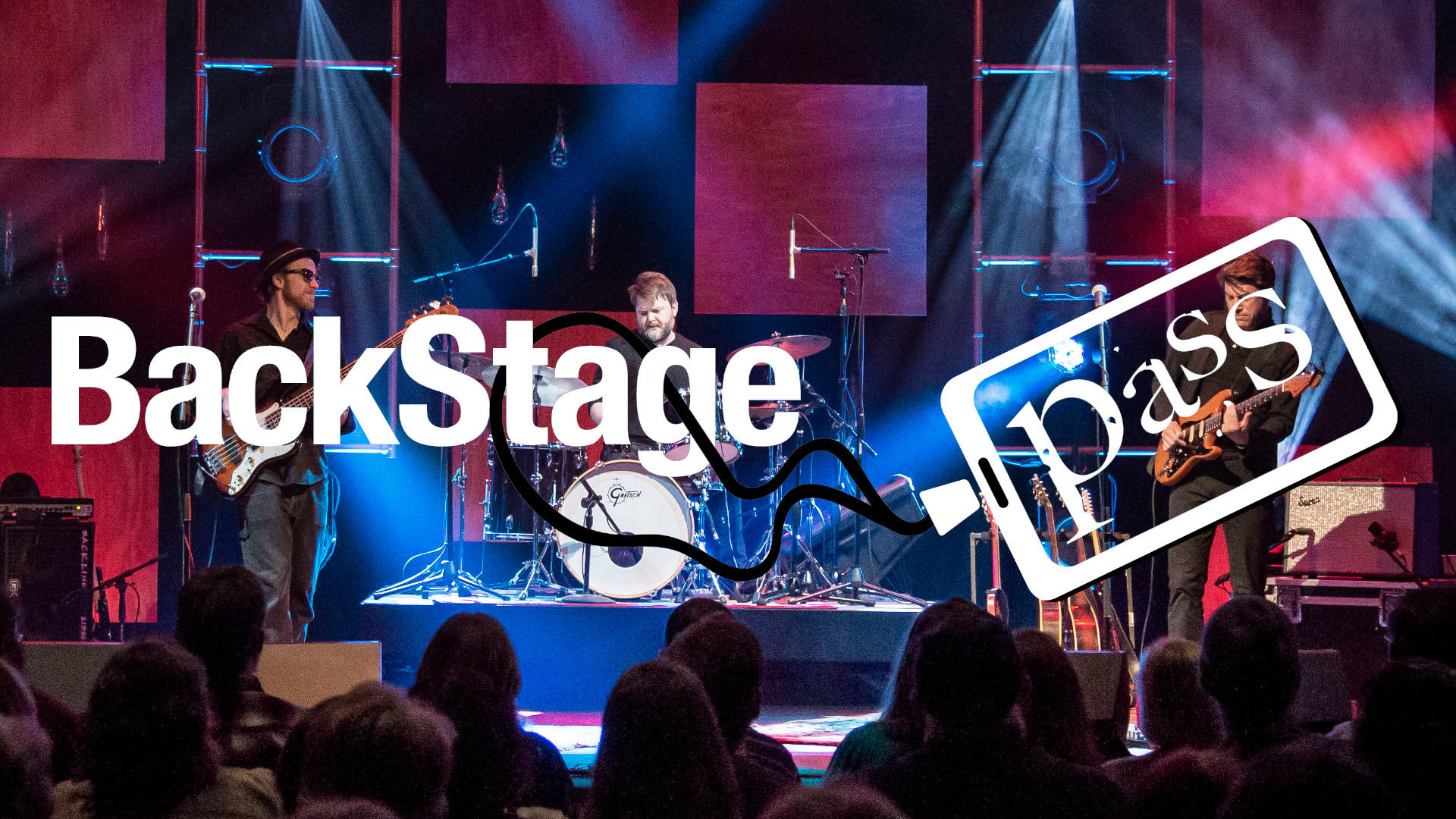Tishmal is a solo project of Rachel Brockbank, a San Diego native currently living in New York City. Tishmal means hummingbird in Luiseño, the language of her Native American heritage. The name was given to her as a young girl, around the same time she began to seriously compose. Highlights from her performance include songs like “Underneath” and “You’re Afraid.”
When you bring Backstage Pass into your classroom, think about the ways that a performance or series of performances might encourage students to think more deeply about curricular content, examine new cultures and genres of music and dance, reflect on their own interests and skillsets, explore careers and community opportunities, and feel inspired by real people who are sharing their authentic selves. We recommend using Visual Thinking Strategies to promote intentional reflection and thoughtful discussion around these performances in your classroom. For example, some favorites that can support visual analysis and dialogue are:
Tips for Music Teachers
- Watch Multiple Times
- Provide students opportunities to watch performances more than once to first experience, and then analyze musical nuances, technique, and expression.
- Emphasize Active Listening and Teach Annotation
- Have students focus on specific musical elements that they have learned about like tempo, dynamics, articulation, and instrumentation. Give them time to make observations and take notes in a variety of ways. Model your own listening and note-taking process as a musician, performer, and director.
- Facilitate In-Depth Discussions
- Engage students in small and large group discussions about the performers’ techniques and stylistic choices. Ask students to place the performance and sound in the context of social history, genre, or musical history.
- Connect to Music Theory and Performance Analysis
- Relate performances to music theory concepts being studied in class, encouraging students to count and analyze the impact of the composer’s or performer’s choices. Encourage students to evaluate and critique performances, focusing on interpretation and expression. Invite students to share how they might interpret or perform the music differently.
- Incorporate Creative Projects
- Inspire students to compose or perform pieces inspired by the performances observed. Challenge them to replicate or complicate genre, style, tone, and performance elements. Invite students to envision or plan a longer performance or festival which showcases the one you watched, making connections to additional songs, performances, and artists.
Tips for General Education Teachers
- Focus on Expression and Reflection
- Have students reflect on how the music affects them personally, what insights they gained from watching and listening, and how the performance might impact others.
- Practice Media Literacy Learning
- Encourage students to think critically about where the content is, who made it, what story is being told, and what the purpose is of the content. Help them examine the content surrounding the video by looking at the performance as a piece of digital media. What makes a recorded video different from a live performance?
- Watch Multiple Times
- Encourage students to view the performance more than once for a better grasp of themes, emotions, and impact. This is especially important for students who are not in music class, because they may need more time to become familiar and comfortable with watching and listening to music. Encourage them to not feel intimidated by the content but to simply watch and listen, and notice their thoughts and feelings.
- Take General Notes
- Have students practice notetaking in a variety of ways. Model your own annotation process or provide them with a graphic organizer that can help them practice notetaking related to the content area you teach.
- Use Cross-Curricular Connections
- Relate the music to topics in history, culture, or language arts to ground your viewing in the content you teach and help students make connections. Encourage students to think critically and expansively, and challenge them with an extension learning opportunity that leverages research skills or additional reading.





